Plants with a healing effect >>>> Trichosanthes cucumerina - for home pharmacy and nutrition
Trichosanthes cucumerina - for home pharmacy and nutrition.
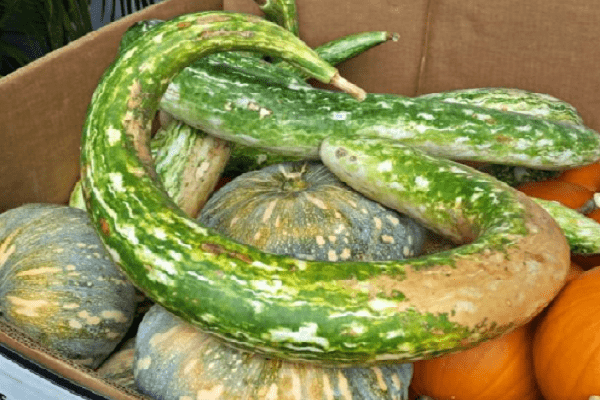
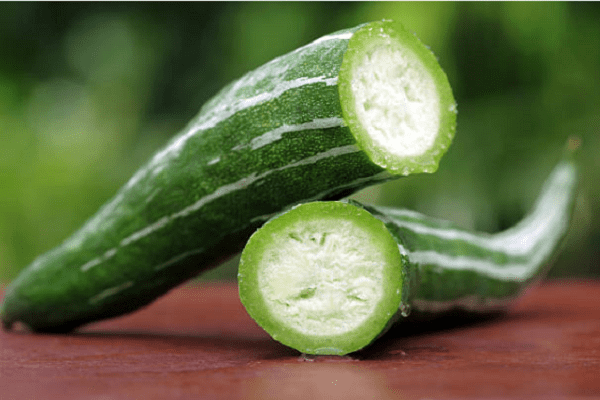
The Trichosanthes plant is a rarity in modern gardens due to the small acquaintance of lovers of healthy vegetables with this type of plant culture. The plant has several household names and many varieties, but the most bizarre variety of Trichosanthes looks like - Trichosanthes cucumerina ("Trichozanthes serpentine"), which was nicknamed "Serpentine cucumber" or "Serpentine pumpkin"
The Trichosanthes cucumerina plant belongs to melons and gourds in terms of its botanical characteristics. But outwardly it looks more like large green beans than melons. The plant has an exotic origin and is increasingly popular in India, Asian countries, Australia, South Africa, and the southern regions of America. It is its southern origin that can cause fears about difficulties in growing, but these fears are in vain, since growing a Trichozant on your site is no more difficult than cucumbers, squash or pumpkin crops - one and the same growing principle. If you have the skills to grow at least cucumbers, then growing Trichosanthes will be a pleasure.
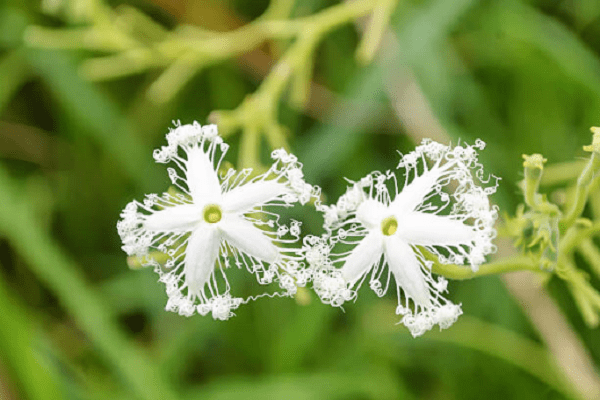
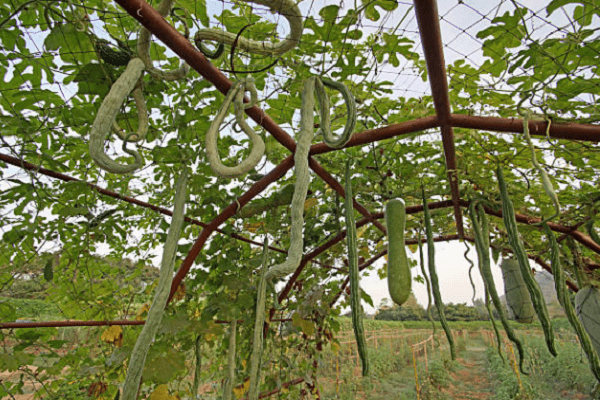
The Trichosanthes plant is tall and liana-like and, although it refers specifically to melons and gourds, is grown on trellises so that the fruits hang in the air and not lie on the ground. And the fruits of the plant are impressive in size up to a meter in length, and a bizarrely curved shape, which outwardly resembles a giant beans. But the plant has all the characteristics of not legumes, but melons and gourds.
The plant gained popularity among those gardeners who gravitate towards the cultivation of medicinal plants in their home medicine cabinet. In terms of its medicinal value Trichosanthes cucumerina has no analogues either among melons or among legumes. This plant contains provitamin A, B vitamins, Magnesium, Iron, Potassium, natural acids, a high percentage of fiber, which makes it possible to use it along with drugs for the prevention of diseases of the cardiovascular system, metabolic disorders, and gastrointestinal diseases. Trichosanthes is an exceptional dietary product with a high nutritional value and a rich harvest. It is enough to grow just one Trichozant bush and provide yourself with a dietary product for summer and autumn.
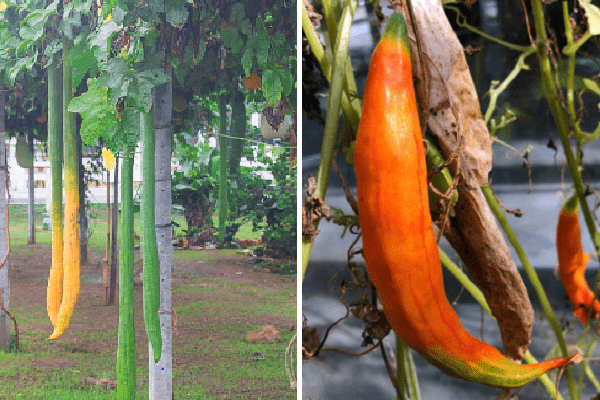
The fruits of the plant contain a small amount of seeds, which allows them to be cooked for feeding without internal cleaning (like zucchini). But usually seeds are not felt in unripe (green) fruits - ripe Trichosanthes contains large, rather tangible seeds, has various shades of orange and is no longer considered very suitable for food (it is used as a natural orange dye for coloring conservation, soups, compotes and other dishes). In Trichosanthes for food everything is suitable: stems, leaves, antennae, unripe fruits. Trichosanthes can be eaten deep-fried, deep-fried or in batter, boiled, steamed, stewed in combination with other vegetables, made fresh salads from it (finely grated or finely chopped), plus use in such salads the very young greens of the plant (stems, antennae, leaves), make pancakes, cutlets, vegetable cabbage rolls from it (both fruits and leaves will be used), fillings for pies. The taste of raw Trichosanthes resembles a cucumber with a sweet aftertaste, but unlike cucumber, it does not lose its taste attractiveness during heat treatment.
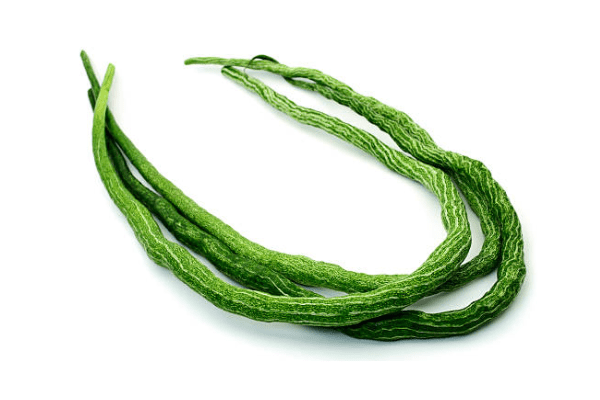
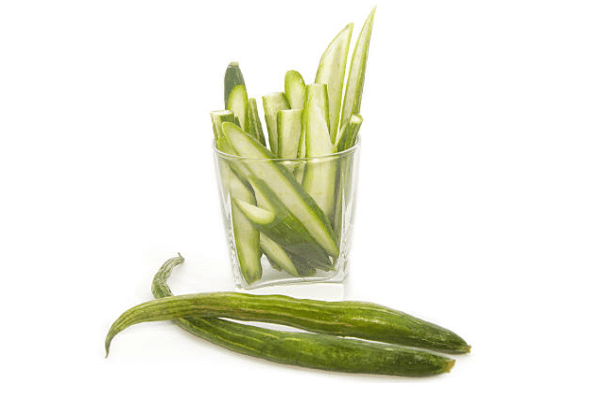
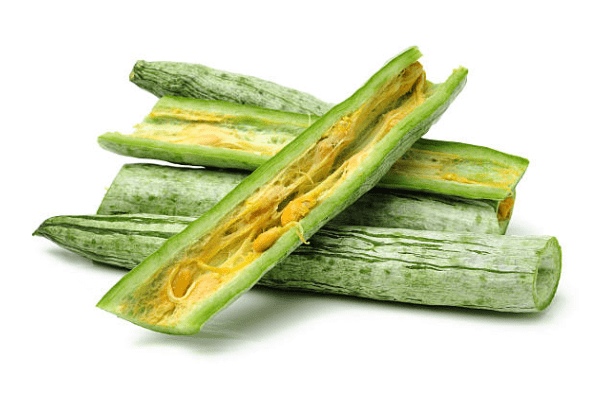
In regions with a change of seasons, the Trichosanthes plant is grown in tall greenhouses and / or by seedling, since it requires early sowing of seeds at the beginning of its growth. The plant is grown in the same way as cucumbers (pinch, stepchild, water). Antennae try not to break off, since this is what keeps the powerful plant on the trellises and allows it to grow vertically. The Trichosanthes plant, which wraps around high frame pavilions, looks especially interesting.
In the wild the Trichosanthes like a liana, twines upright tall trees, which serve as its support. It is surprising that the antennae of a plant are adapted not only to curling around a suitable support, they are literally designed to creep the plant and adhere firmly even to absolutely flat surfaces, due to which they can be held on plastic or glass walls of greenhouses, on wooden surfaces of solid fences and on stone walls of houses. But the trellises are still necessary for the plant at the time of building up the mass of fruits, which are up to half a meter in length or more, and in diameter (in thickness) reach from 0.8 inch to 2-4 inches.
Some Trichosanthes species tend to curl fruits in a spiral, which makes the plant extremely decorative. One such Trichosanthes bush will braid the entire wall of the house or a decent section of the fence and hang a large number of fruits. The Trichosanthes plant is fertile, just like the cucumber bush, but for better production it requires certain rules for trimming the side shoots, this increases the size of the fruits - in general, everything is like that of cucumbers.
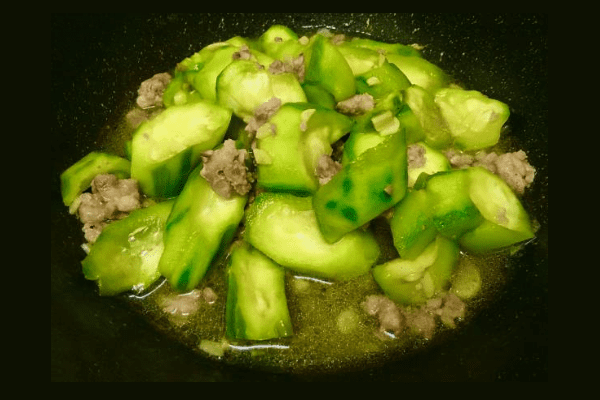
Seedlings of the plant are planted in the ground at the end of April and beginning of May (like tall beans), and then the plant does not particularly need complex care, but unlike melons, which can easily grow on immature manure or compost heap, Trichosanthes needs processed soil without freshly applied fertilizers otherwise the delicate roots of the plant will be burnt and the plant will die. A place of cultivation without fertilizers is especially successful for a plant, but in the second year after such crops, under which fertilizers are actively applied, with the exception of melons and gourds (for the prevention of plant species diseases). The plant is not too whimsical in watering and is resistant to high summer temperatures, but during flowering and fruit setting, as well as during the period of fruit growth, it requires thorough watering in order for the fruit pulp to be juicy.
The plant will amaze with its exoticism at all stages of the growing season, starting from the flowering period. The flowers of the plant are rather large, similar to huge snowflakes in their intricate structure. But the plant is not suitable as landscaping, since it has rather rare foliage.

Read

Read



























